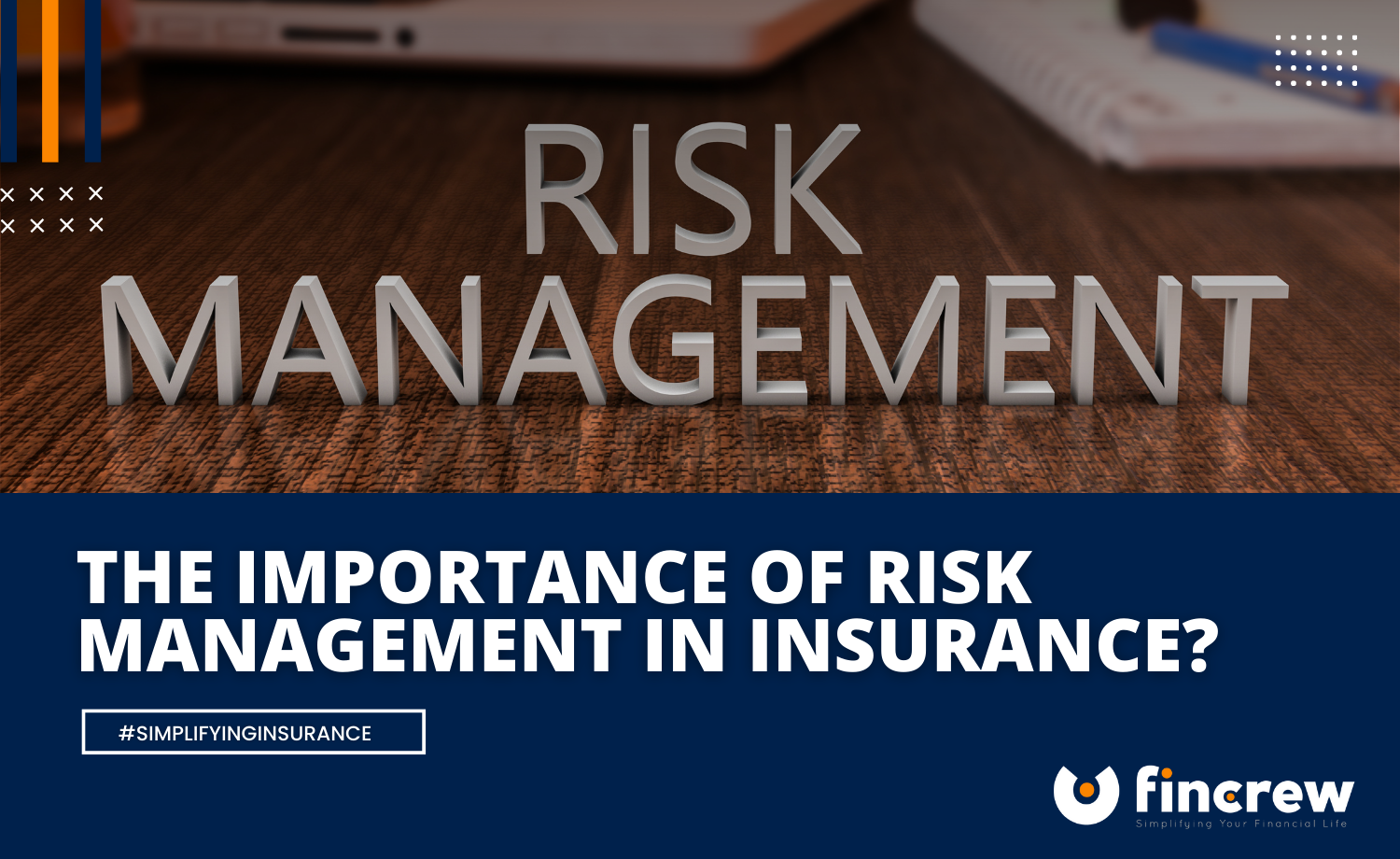The Essential Importance of Risk Management in Monetary Decision Making
The Essential Importance of Risk Management in Monetary Decision Making
Blog Article
Discovering the Significance of Risk Management for Effective Decision-Making Techniques
In the detailed world of organization, Risk Management emerges as a critical factor in the decision-making process. The capacity to recognize potential dangers and chances, and plan appropriately, can mean the distinction in between success and failing.
Recognizing the Idea of Risk Management
Risk Management, an essential part in decision-making, is often misunderstood or oversimplified. Risk Management entails disciplined and organized approaches, utilizing information and insightful assessments. From economic uncertainties, lawful responsibilities, calculated Management mistakes, to mishaps and natural calamities, it addresses different risks - importance of risk management.
The Role of Risk Management in Decision-Making Processes
In the realm of calculated planning and business operations, Risk Management plays an integral role in decision-making procedures. Risk Management hence comes to be an important device in decision-making, helping leaders to make enlightened options based on an extensive understanding of the threats involved. Risk Management offers as an essential part in the decision-making processes of any organization.

Just How Risk Management Enhances Strategic Preparation
In the context of critical preparation, Risk Management plays an essential duty. Launching with the recognition of possible risks, it better encompasses the application of Risk mitigation actions. The role of Risk Management is not static however vibrant, as it demands consistent tracking and adjusting of approaches.
Determining Potential Risks

Implementing Risk Mitigation
Risk mitigation techniques can vary from Risk avoidance, Risk transfer, to risk reduction. Each method ought to be customized to the details Risk, considering its prospective influence and the company's Risk resistance. Reliable Risk reduction needs a deep understanding of the Risk landscape and the potential effect of each Risk.
Monitoring and Adjusting Techniques
Though Risk mitigation is an important action in strategic preparation, continual monitoring and adjustment of these methods is equally essential. This continuous procedure permits companies to recognize new dangers and reassess existing ones, making certain the executed techniques continue to be effective in the ever-changing company environment. It additionally supplies a possibility to assess the success of the Risk Management actions, enabling modifications to be made where needed, more enhancing calculated planning. Effective tracking and change need using analytics and crucial performance signs (KPIs) to gauge efficiency. These devices supply important data-driven understandings that can educate calculated decision-making. Monitoring and changing Risk Management approaches is an essential element for boosting a company's resilience and strategic planning.
Situation Studies: Effective Risk Management and Decision-Making
On the planet of organization and finance, effective Risk Management and decision-making frequently act as the columns of thriving ventures. One such entity is a multinational oil firm that mitigated monetary loss by hedging against rising and fall oil prices. In another instance, a tech start-up grew by identifying and accepting risky, high-reward methods in a volatile market. A global financial institution, encountered with regulative uncertainties, effectively browsed the scenario through aggressive Risk evaluation and dynamic decision-making. These instances highlight the value of astute Risk Management in decision-making processes. It is not the lack of Risk, however the Management of it, that frequently differentiates effective companies from unsuccessful ones. These instances highlight the critical function of Risk Management in tactical decision-making. importance of risk management.
Tools and Techniques for Effective Risk Management
Browsing the elaborate maze of Risk Management calls for the right set of strategies and tools. These devices, such as Risk signs up and warmth maps, aid in recognizing and examining prospective risks. Techniques include both measurable methods, like sensitivity evaluation, and qualitative methods, such as SWOT analysis. These help in prioritizing threats based on their possible influence and pop over to this site probability. Risk reaction techniques, a crucial element of Risk Management, involve accepting, staying clear of, transferring, or mitigating threats. Surveillance and managing threats, through normal audits and reviews, guarantee that the strategies remain efficient. With these devices and methods, decision-makers can browse the complicated landscape of Risk Management, therefore promoting informed and efficient decision-making.
Future Patterns in Risk Management and Decision-Making Techniques
As we check out the large landscape of Risk Management, it becomes apparent that the methods and tools made use of today will certainly remain to advance. Future patterns point towards a raised reliance on innovation, with expert system and artificial intelligence playing significant roles. These innovations will certainly enable companies to forecast potential dangers with higher accuracy and make even more enlightened choices. In addition, there will be a growing focus on strength, not just in handling threats yet also in recuperating from unfavorable situations. Last but not least, the concept of Risk society, where every member of an organization knows and associated with Risk Management, will certainly get extra prominence. These fads proclaim a more inclusive and positive approach in the direction of Risk Management and decision-making.
Verdict

Risk Management hence becomes a vital device in decision-making, helping leaders to make informed selections based on a thorough understanding of the threats entailed. Risk resource mitigation approaches can range from Risk evasion, Risk transfer, to run the risk of reduction (importance of risk management). Reliable Risk mitigation calls for a deep understanding of the Risk landscape and the prospective influence of each visit site Risk. Risk response methods, an essential element of Risk Management, involve accepting, staying clear of, moving, or mitigating threats. The principle of Risk culture, where every participant of an organization is mindful and involved in Risk Management, will acquire extra importance
Report this page